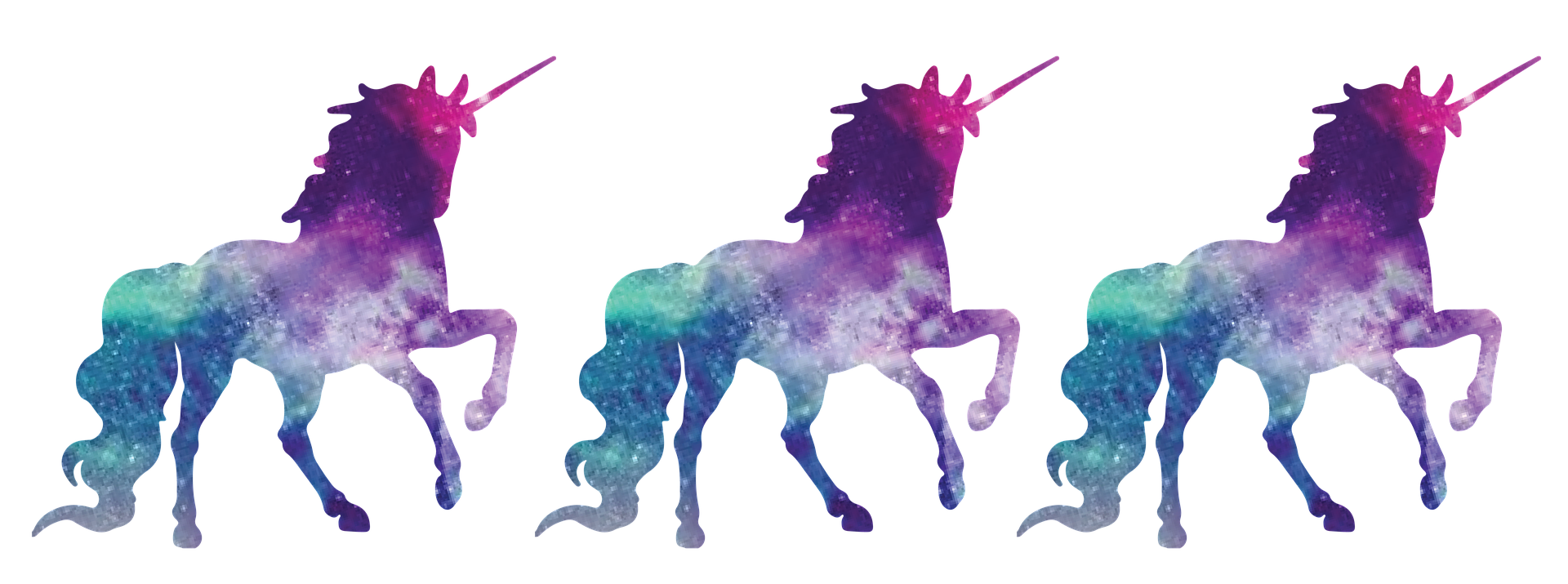


OG Unicorns — Where Are They Now?
It’s almost exactly 5 years since Aileen Lee first coined the term “unicorn” in reference to startups with $1 billion+ valuations. I was wondering what ever ultimately happened to that group of OG unicorns, so I looked back at her original post in TechCrunch from November 2013.
To analyze what’s become of the OG Unicorns, it’s first worth noting that at the time of the 2013 post about 2/3rds of the 39 on the list had already been realized via IPO or $1B+ acquisitions. A few of these had previously raised private rounds at $1B+ valuations like Facebook, Twitter, and LinkedIn, but a good majority of them only reached unicorn status upon exit. So achieving a $1B+ value in private funding rounds was a relatively rare phenomenonjust 5 years ago. Most startups that hit this level did so via IPO or acquisition value.
If we dive into the 1/3rd that were private unicorns on the original 2013 list, today you can put them into three buckets… realized unicorns ($1B+ IPO or acquisition), unrealized unicorns (private companies still valued $1B+), and what I’ll call fallen unicorns for lack of a better name. The latter includes companies that are defunct, acquired for modest sums <$1B, or active but likely valued substantially lower than their private peak valuation.
Realized Unicorns
- Box ($1.7B IPO value, $2.8B mkt cap today)
- Lending Club ($5.4B IPO value, $1.5B mkt cap today)
- Square ($2.9B IPO value, $31.2B mkt cap today)
- Dropbox ($9.2B IPO value, $10.0B mkt cap today)
Unrealized Unicorns
- Hulu ($8.7B valuation as part of pending Disney/Fox deal)
- Airbnb ($31B valuation in 2017 Series F round)
- Uber ($72B valuation in 2018 Toyota investment)
- Pinterest ($12.3B valuation in 2017 round)
- Palantir ($20B valuation in 2015 round, but unknown today)
Fallen Unicorns
- com (asset sale to PCH in 2015)
- Gilt (acq. for $250M in 2016 by Hudson Bay, subsequently acq. reportedly for <$100M in 2018 by RueLaLa)
- Evernote (reportedly cashflow positive but presumed valued less than $1B in 2012 Series D)
So that’s what’s happened to the OG unicorns. What about today? It’s fairly remarkable how the rate of unicorn “creation” has accelerated… dramatically so. As it turns out, unicorns just aren’t that special or rare today.
I say that with all due respect to the founders, employees, and investors involved with any one of these companies… building a valuable business is hard work. But as of 2013, an average of 4 companies per year reached a $1B+ valuation looking back over the preceding decade, and that was a combination of both private valuations and public market caps. There are literally hundreds of private unicorns today and according to Pitchbook, there are already 73 startups that have achieved private unicorn status in 2018 year to date (e.g. number is likely to grow by year end). So the creation of unicorns is more than an order of magnitude greater today than it was 5 years ago.
I also found it remarkable in 2013 that San Francisco, rather than suburban Silicon Valley, had grown to become the epicenter of unicorn formation. To be clear that 2013 list was explicitly US-based companies. But just perusing the list of 2018 unicorns SF still has a big contingent and New York, Boston, and other US cities have a smaller number. But in geographic terms the unicorn list is now very much a global one with China leading the way.
Today we’re in a startup environment flush with private capital, from a variety of traditional and non-traditional sources, so reaching a $1B private valuation is more common. This is true not only because this abundant capital can fuel growth and value accretive milestones, but also from the sheer “post-money” effect.
Nearly every other day you hear about a startup achieving a $1B valuation, but then you see that it has raised hundreds of millions in capital. There are some startups that have massive market opportunities and innovative businesses to invest large sums of capital with high efficiency. But as an early-stage VC investor I’m more impressed by a company that achieves a $500M enterprise value with <$25M of paid in capital than one that hits $1B with >$250M in funding.
So what lessons can we draw, 5 years on?
Well clearly the pace of private unicorn creation has dramatically increased, as we noted above. But the number of realized exits of $1B+ has also dramatically increased. In 2018 alone there have been more than 3 dozen unicorn exits globally.
But we can also see that not every unicorn will fly high forever. As I’m fond of saying, for startups “failure is always an option” even for companies that reach later stages or have raised substantial capital.
Perhaps, a more interesting question is whether increasing unicorn valuations and exits are a permanent structural change in the startup ecosystem or a cyclical phenomenon.
To me it’s undoubtedly a bit of both… when capital in private and public markets becomes less abundant and more costly, unicorn creation will slow. But even if there is a cyclical correction in the next five years, I suspect the forces of innovation and capital markets will drive continued creation of valuable startups at a higher level then we saw in 2013.





